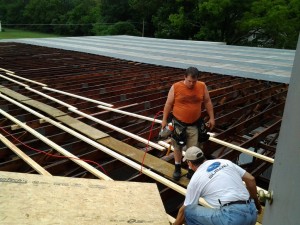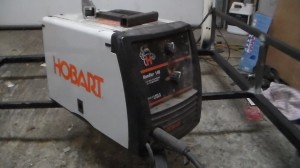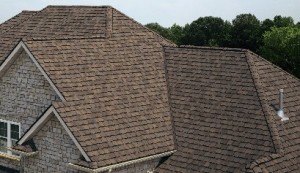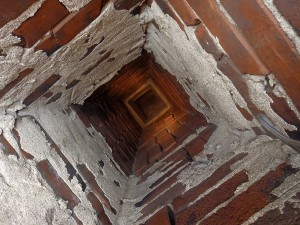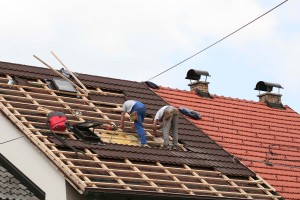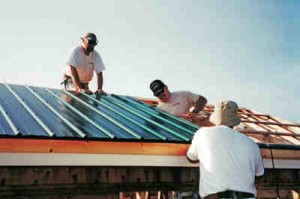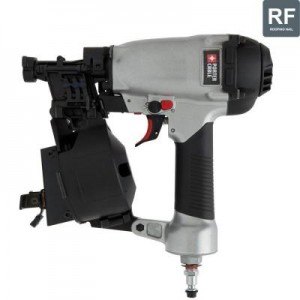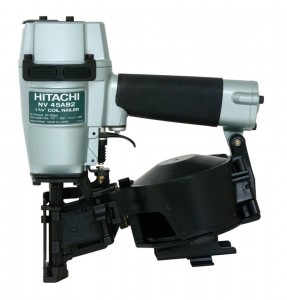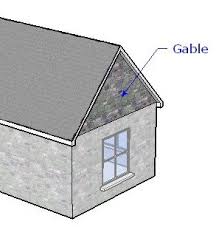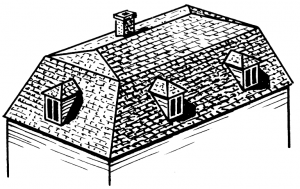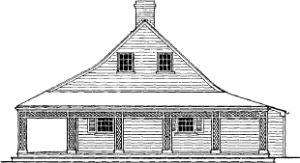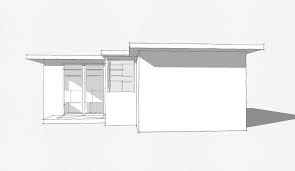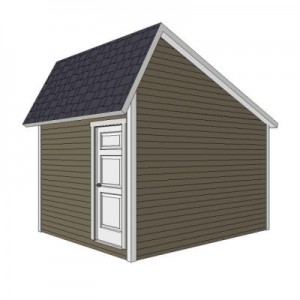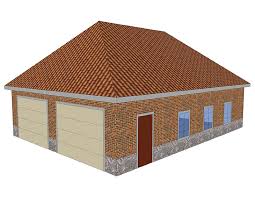Disruptions and Delays in Denver Roofing Projects
A perfect scenario in Denver roofing projects is one where a project starts on time and finishes on the scheduled completion date without any unforeseen disruptions and delays of activities. Unfortunately, this ideal situation does not exist in the real world since contractors and roofers face numerous unexpected delays in the delivery dates of their projects.
Delays
Delays are events that have an effect on the final completion date of a project. One of the most common causes of delays is the client-induced delay. It can occur when clients, who may be contractually and procedurally bound to comment on documents, approve the same, supply information or equipment, fail to immediately respond to the contractors’ request for such action. These client-induced delay negatively impacts the expected delivery date of the Denver roofing project.
The cause of delays may also be self-inflicted as when a particular assembly designed for a specific work did not function.
Delays have different consequences to the project and the contractor. A simple client-induced delay could overload a contractor’s document-approval process and lead to more serious ramifications. It could also affect other projects undertaken by the contractor.
Disruptions
Similarly, the fact that small disruptions in activities could result to more serious consequences to a project such as huge time and cost overruns is established. Disruptions are events that prevent a contractor from completing a project as scheduled. Some of these are anticipated during the work process because they are expected to occur as normal errors and mistakes committed by both contractor and client.
One of the most common causes of disruption is product changes initiated by either contractor or client. These are normally initiated in construction projects through “change orders” that materially affect a portion of the work being made. Not only do “change orders” affect work progress, but it also entails, more often than not, additional expenses on the project.
Disruptions and delays could also come from the weather.
Solutions
Overcoming disruptions and delays caused by weather is not difficult. Contractors just have to make sure that weather conditions are ideal for the project. Getting weather updates on a regular basis will eliminate this factor.
To avoid delays and disruptions, contractors should anticipate these events while planning Denver roofing projects. Client-induced delays can be minimized if not eliminated by opening channels of communication. This solution applies to disruptions caused by product changes. In addition, thoroughly discussing the project details with clients during the planning stage will do away with most of these unplanned changes.
